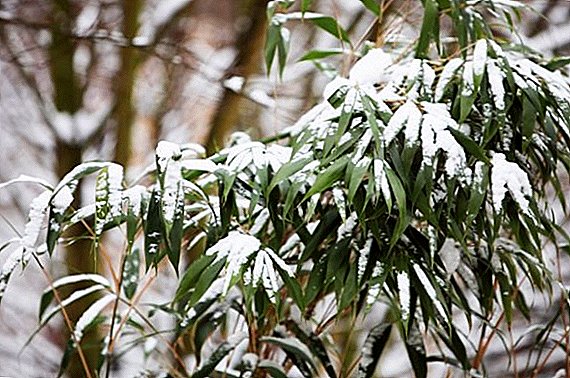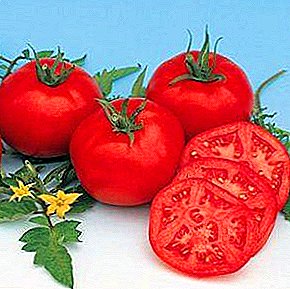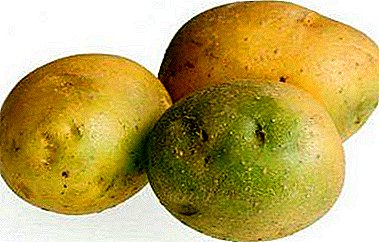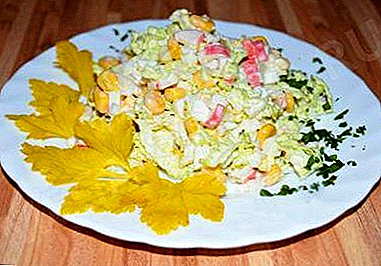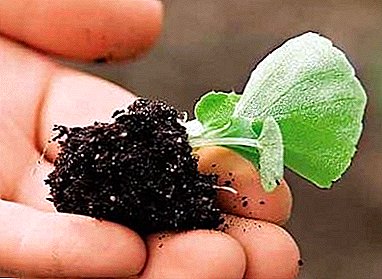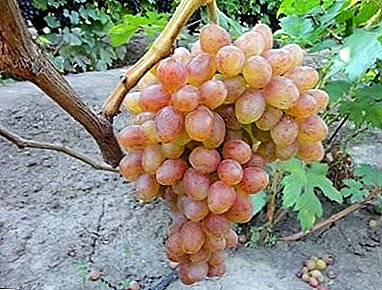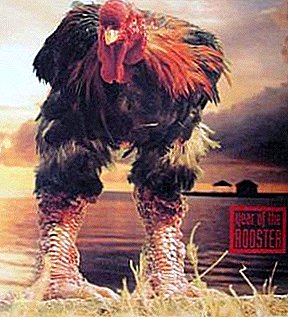
Vietnamese fighting (or Ha Dong Tao) - one of the rarest breeds of hens of a once sporting purpose, is still bred in isolation in Vietnamese villages and practically does not occur outside the country.
Currently, the breed has a greater purpose of meat and decorative.
Vietnamese chickens are bred for at least 600 years. This is one of the many breeds that were bred specifically for cockfighting and have a rich history and very limited fame in Europe.
The name indicates the place of origin of the breed, Ha is a chicken, Dong Tao is a large Vietnamese village where cock-fighting has been practiced for centuries.
In addition to the basic, Vietnamese chickens have a more applied purpose - surprisingly thick legs are considered a delicacy, so the breed can be considered partly meat, and nowadays decorative.
With its unusual appearance, Vietnamese chickens attract a lot of attention, but for a long time it was not possible to transfer the breed to Europe. Now in some collections of European poultry farmers there are Vietnamese chickens.
Breed description Ga Dong Tao
 The most visible and important feature of this breed is the legs. These thick, seemingly painful paws do not actually prevent the bird from actively moving.
The most visible and important feature of this breed is the legs. These thick, seemingly painful paws do not actually prevent the bird from actively moving.
No inconvenience due to its unusual appearance does not test chickens. The paw of an adult cock can reach in the girth the thickness of the wrist of a child. Eat only paws of young birds (4-6 months).
Ga Dong Tao has a rough, massive and slightly loose build. Nut comb, red. The neck is short and massive. The body is muscular, broad.
The wings are short, tight to the body. The plumage is hard and scanty - this is a consequence of the hot climate of Vietnam and the fighting purpose of the breed.
The paws are very thick, with short, poorly developed toes.. This feature is manifested even in barely hatched chickens and "aggravated" with the age of the bird. There are four fingers on the paw.
Color can be varied, white, fawn, black, wheat and others.
Features
 The unusual appearance of these birds attracts attention. Thick paws, a small, dense crest, a very muscular, stocky body are the distinguishing features of Vietnamese chickens.
The unusual appearance of these birds attracts attention. Thick paws, a small, dense crest, a very muscular, stocky body are the distinguishing features of Vietnamese chickens.
But besides Ga Dong Tao’s not the most attractive appearance in general, there are not too many.
The peculiarity of all rare native breeds is the lack of a single standard., therefore, in the population of Vietnamese chickens can be very different birds. A common feature is recognizable paws and a stocky silhouette that distinguishes Ga Dong Tao from most fighting breeds.
Like all meat breeds with a fighting past (and actively used for its intended purpose), Ga Dong Tao has dense, tasty meat. A special delicacy - the legs and legs.
Content
Breeding and maintenance of ancient Asian breeds isolated in isolation in Europe is an incredibly high level of difficulty.
Having set out to bring an hatching egg from Vietnam (you can buy chickens, young or an egg freely), the poultry farmer will have to face many problems:

- Removal. The temperature and humidity in the incubator should not be set at all like when breeding European breeds.
- Diseases. Aboriginal breeds are well adapted to most infections affecting the European bird. Asian chickens are extremely susceptible to unfamiliar diseases for their immunity.
This problem is most often solved with the help of vaccinations (although they are simply not available from many infections that are not dangerous for the local herd), gradual hardening and prolonged quarantine.
- Climate. The hot and humid climate of Vietnam has little resemblance to the European, and even more so - to the Russian. For obvious reasons, Asian chickens need a warmed chicken coop, lighting and additional food in cold seasons.
- Low genetic diversity also poses a problem if you decide to purchase birds from European poultry farmers.
Egg transportation from Vietnam to Europe is a difficult task, the survival rate is extremely low, so there are very few representatives of rare Asian breeds in Europe.
All these difficulties are not insurmountable, but even before buying eggs or young Vietnamese chickens, especially if you are going to bring them in the harsh Russian conditions, you need to think over the maintenance issues to the smallest detail.
 Luttiher chickens are another species rarely seen in Russia. About the reasons you can find on our website.
Luttiher chickens are another species rarely seen in Russia. About the reasons you can find on our website.Strangely enough, the joint keeping of the Vietnamese chickens does not show aggression towards their fellows, this is primarily due to the fact that the Vietnamese peasants do not create any special conditions for their pets, and the breed has always been used both as a fighter and as a meat.
Therefore, the Vietnamese chickens can not be called too aggressive.
But in the nature of the Vietnamese chickens, like many Asian ancient breeds, there is little friendliness and trust towards a person. These birds are characterized by timidity, fearfulness and unwillingness to make contact with people.
When the content is preferred free-range or spacious enclosure. Like all meat breeds, for a quick weight gain, Vietnamese chickens need enhanced nutrition and mandatory access to fresh greens. In addition to the grass itself, the bird very willingly seeks out worms in the ground and eats them with pleasure.
Specifications
 In the absence of a standard, we can only speak of typical sizes and other quantitative indicators of the breed.
In the absence of a standard, we can only speak of typical sizes and other quantitative indicators of the breed.
On average, a rooster weighs 3–4 kg, a chicken weighs 2.5–3 kg (according to other data, the birds should be an order of magnitude heavier — a rooster weighs 6–7 kg, a chicken, 4.5–5.5 kg). Gain weight and fowl birds slowly.
This is a late-ripening breed, roosters mature to 7.5 months, chickens start from 8.5-9 months. Egg production is extremely small - 60 eggs per year. The shell has a cream color.
Analogs
Vietnamese fighting - a very rare breed, even in large European collections. Here are a few similar, but more accessible fighting breeds:

- Chamo - An ancient Japanese breed that can be found in Europe and Russia.
Like all sports breeds of chickens, it has an elongated almost vertical silhouette, is almost devoid of a crest and is very aggressive towards its congeners. In addition to the collection value, it can also be decorative because of the appearance that is unusual by the standards of working breeds and its full plumage.
- In Russia, the Malay fighting breed of chickens is also bred.
These are birds with the formation typical of the fighting breeds, rigid poor plumage. A rather pleasant looking breed, plus a sufficient number of farms, where you can buy birds acclimated to our conditions.
- Another popular breed with a fighting past - Madagascar.
Well suited for free-range keeping - roosters are non-aggressive towards their relatives, with whom they constantly live together, they are very caring for chickens and chickens. The size of the birds are large - the weight of the rooster reaches 5 kg. A species with a bare neck is derived.
The Vietnamese fight is unlikely to ever get to the Russian farms and certainly will not become popular among fans. This breed has a huge collection value in Europe and practical - in countries where cockfighting is not prohibited and cooked chicken legs are appreciated.
Vietnamese chickens, like all Asian breeds, are poorly adapted to keeping in the harsh Russian conditions, but there is a successful breeding experience in European countries that are relatively close to our climate: Poland and Germany.


